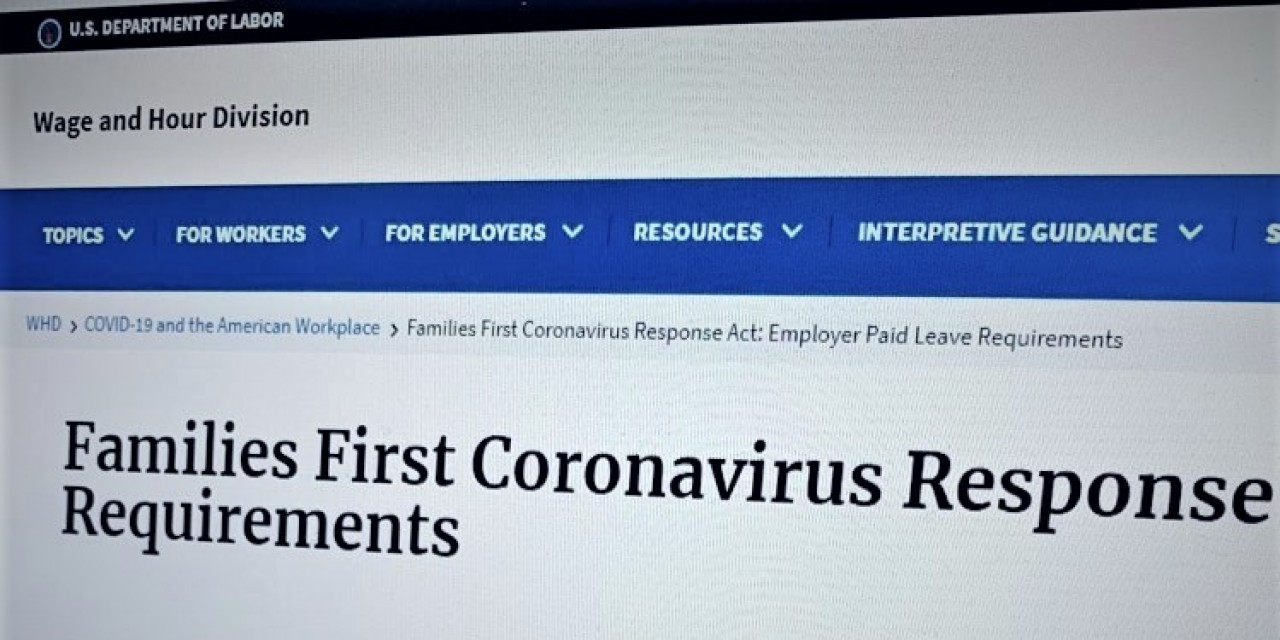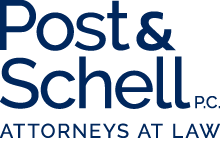New York Federal Court Strikes Down Four FFCRA Regulations

On Monday, August 3, 2020, U.S. District Judge Paul Oetken of the U.S. District Court for the Southern District of New York, struck down four key parts of the Department of Labor’s (DOL) regulations implementing the Families First Coronavirus Response Act (FFCRA).
The decision poses many questions for employers, such as how should they handle employee leave requests moving forward and whether this decision applies nationwide, just to New York employers, or just employers located in the Southern District of New York? Given these questions, it is very important for employers to consult their employment counsel when evaluating employee leave requests under the FFCRA.
As we have previously reported, as directed by Congress, on April 1, 2020, the DOL issued its regulations implementing the FFCRA. Notably, these regulations filled in many gaps left by the FFCRA itself. However, on April 14, 2020, the state of New York filed a complaint for declaratory and injunctive relief against the DOL and the Secretary of Labor in the U.S. District Court for the Southern District of New York. The complaint alleged that the DOL’s regulations violated the Administrative Procedure Act (APA) by unlawfully denying leave to otherwise eligible employees and by exceeding the DOL’s statutory authority under the FFCRA. The DOL moved to dismiss the complaint and the state of New York moved for summary judgment on its declaratory and injunctive relief claims. On August 3, 2020, the Court decided both motions, ultimately striking four key provisions of the DOL’s FFCRA regulations, causing further headaches for employers trying to navigate the FFCRA.
Specifically, Judge Oetken invalidated the following:
- The DOL’s requirement that employees may only take FFCRA leave when their employers have work available for them to perform;
- The broad definition of “health care provider” under the FFCRA’s exemption allowing health care employers to exclude certain employees from the coverage of the FFCRA;
- The DOL’s requirement that employers and employees must agree in order for an employee to take intermittent FFCRA leave; and
- The DOL’s requirement that employees must provide documentation supporting their FFCRA leave request prior to taking such leave.
The full court decision is available here.
While it is not surprising the Court struck what many viewed as an overly expansive definition of “health care provider” under the DOL’s regulations, the other three provisions Judge Oetken struck will have huge ramifications for employers moving forward.
Work-Availability Requirement
Specifically, by striking the requirement that employees may only take FFCRA leave when their employers have work available for them to perform, the Court has now made eligible for FFCRA leave those employees who have been:
- Furloughed;
- Placed on a reduced work schedule;
- Temporarily laid off; or
- Are out of work due to their employer’s place of business closing.
Notably, this decision is contrary to the FMLA’s regulations that require an employee to actually have work available to them in order to take FMLA leave. The Court here, apparently disagrees.
This change will have widespread implications for employers and employees alike, and may unintentionally incentivize employers to simply terminate their employees instead of furloughing them if they have to remain closed or there is not work available for those employees because they cannot afford to pay FFCRA leave when there is not sufficient revenue coming into the business. This decision also likely invalidates DOL’s FAQs 23-28, covering situations where employees are ineligible for FFCRA leave when their employer’s business is closed, they have been furloughed, or their hours have been reduced.
Intermittent Leave
The Court did not strike the DOL’s regulation stating that employees may not take intermittent FFCRA leave when they:
- Are subject to government quarantine or isolation order related to COVID-19;
- Have been advised by a healthcare provider to self-quarantine due to concerns related to COVID-19;
- Are experiencing symptoms of COVID-19 and are taking leave to obtain a medical diagnosis;
- Are taking care of an individual who either is subject to a quarantine or isolation order related to COVID-19 or has been advised by a healthcare provider to self-quarantine due to concerns related to COVID-19, or;
- Are experiencing any other substantially similar condition.
Therefore, only employees caring for their son or daughter whose school or place of care has been closed, or the childcare provider is unavailable, due to COVID-19 are entitled to use FFCRA leave intermittently. That has not changed. However, under the DOL’s regulations, employees were only permitted to take intermittent FFCRA leave if their employer consented to such intermittent use. The Court struck that “consent” requirement. The Court’s action in this regard is not that shocking given the FMLA (on which the paid leave provisions of the FFCRA are based) does not contain a similar “employer consent” requirement.
Nonetheless, the Court’s action is going to require employers to take a vastly different approach when evaluating intermittent FFCRA leave requests.
Documentation
Finally, the DOL’s regulations required employees requesting FFCRA leave to provide certain documentation to support their leave request prior to going on leave. While the Court kept the regulation’s requirement requiring documentation, it struck the requirement that employees must produce such documentation prior to going on leave, reasoning that because the FFCRA does not impose such a requirement, the DOL overstepped in imposing one.
Of the four provisions the Court struck down, this provision will likely have the greatest impact on employers. For instance, employers and practitioners alike know how difficult it can be to obtain the necessary documentation from employees under circumstances when they need to do so before they may take unpaid leave. By removing this requirement for FFCRA paid leave, it is very likely that the employer may never see that required documentation – documentation that is required to be maintained by employers in order to support the paid leave (and their eligibility to receive a refundable tax credit under the law). Under the Court’s decision, employers are essentially left to hope and pray that when they grant leave before the required documentation is provided, that the employee will actually come through with the documentation. However, if the employer does not receive the documentation, they cannot claim the tax credit for providing such paid leave. Many employers simply cannot afford to provide FFCRA paid leave to their employees without the corresponding tax credit. This decision by the Court will likely have widespread (and potentially negative) financial implications for employers.
Key Takeaways:
Given the Court’s ruling, there are a couple of key takeaways for employers:
- Given this decision was decided by a single judge in New York, many believe that this decision is only applicable to New York employers. While the state of New York sought an injunction and declaratory relief that the regulations be struck down, the Court’s decision is silent as to its scope. However, the statutory language of the APA seems to suggest that this is a nationwide abolition of the regulations outlined above. However, that question remains unresolved. As such, while non-New York employers may be able to argue that Judge Oetken’s decision does not apply to them, they are proceeding at their own peril and should consult employment counsel prior to taking action.
- Employers have been acting under the DOL’s regulations for four months. However, given that the Court’s decision indicates that the DOL’s regulations are invalid, there remains an open question as to whether this decision applies retroactively. If faced with a challenge to their actions prior to August 3, employers likely are on strong footing that they relied on the DOL’s current guidance, even though that guidance was later invalidated. However, if it is later determined that this decision should apply retroactively, employers may find themselves staring down the barrel of a very large gun.
- It is possible that the DOL will appeal this decision and seek to stay the effectiveness of this decision pending appeal; however, we will likely not know for a few weeks if that will happen.
- It is also very likely that, given the Court’s decision, the DOL will issue new regulations (and FAQs).
- Given the talks in Washington of further COVID-19 legislation, it is possible (but perhaps unlikely) that Congress may amend the FFCRA in a manner that reverses Judge Oetken’s decision, in whole or in part.
For now, we will have to wait and see, but our Employment & Employee Relations Practice is here to answer any of your FFCRA questions and will continue to keep you informed on any actions the DOL takes in response to this decision that will impact employers.
Disclaimer: This post does not offer specific legal advice, nor does it create an attorney-client relationship. You should not reach any legal conclusions based on the information contained in this post without first seeking the advice of counsel.

